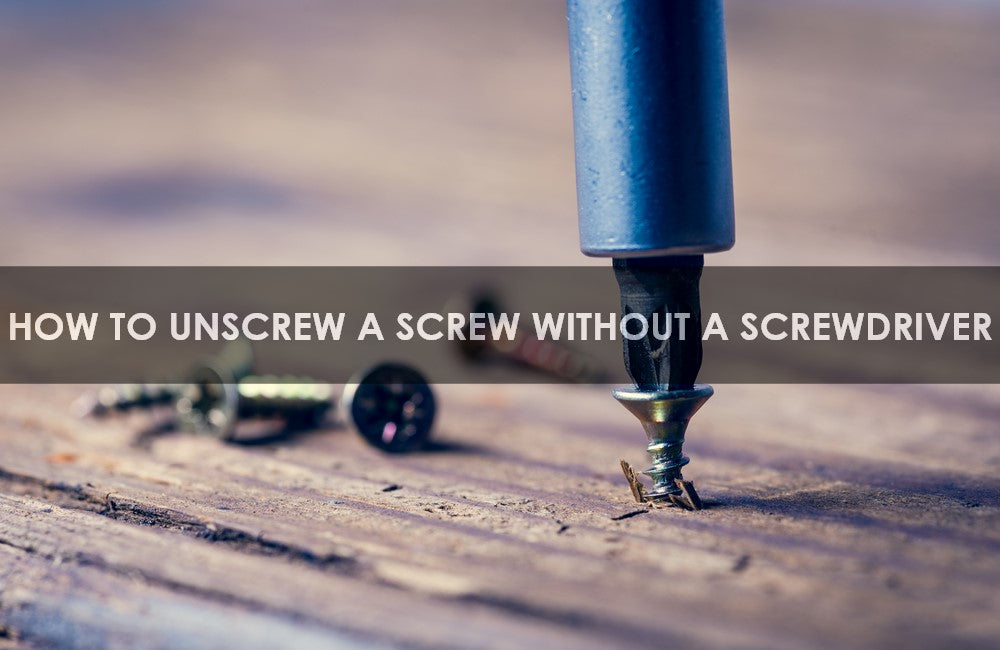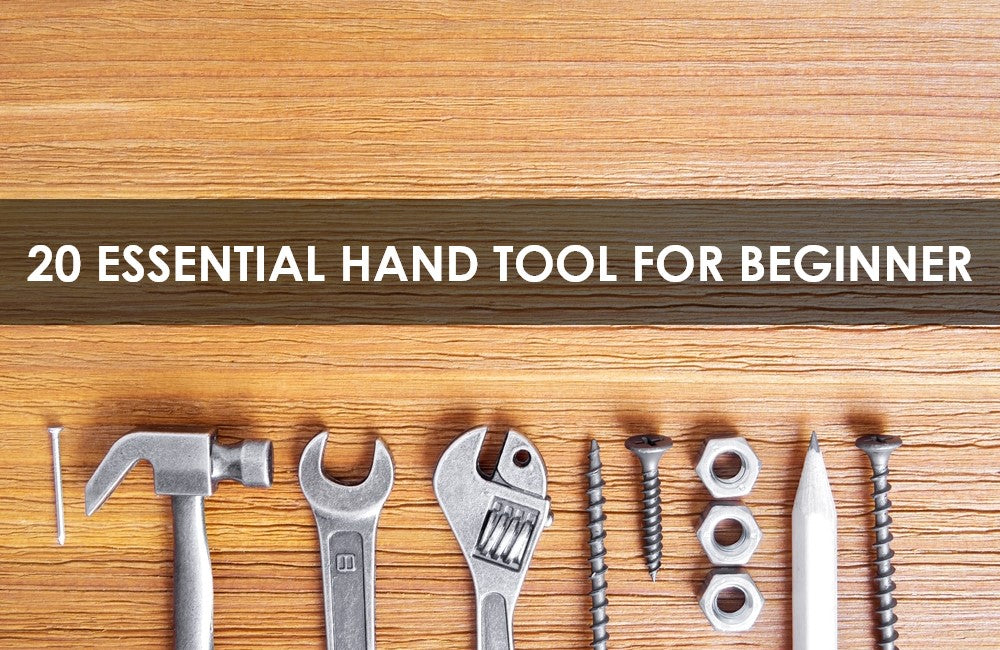A screwdriver is an undeniably useful tool, but there are instances when it might not be within reach. This article presents sophisticated strategies for dislodging screws without the conventional screwdriver. These methods may require some patience and practice, but with persistence, you'll be adept at accomplishing the task. Continue reading for insightful tips!
The Philips Head Screw
Extracting a Philips head screw can be accomplished through several inventive methods. Here are some of the most effective:
Coins
In situations where a Philips head screw needs to be removed, and a screwdriver is not available, coins can serve as an impromptu tool. To employ this method, first determine the direction the screw needs to turn for removal. Next, place the coin's edge in the screw's head and apply pressure, then rotate the coin as you would a screwdriver. The screw should loosen with some patience, thereby demonstrating the versatility of coins as a utility.
Butter Knife
Though a screwdriver is ideal for the job, a butter knife with a thin, tapered blade can also be utilized as a substitute. Refrain from using a table or chef's knife as their wide blades will not fit into the screw's slot. Once an appropriate butter knife is selected, place the blade in the screw's slot and twist counterclockwise. Note that this technique may damage the screw head, thus it should be a method of last resort.
Hacksaw
An effective yet unconventional approach involves using a hacksaw. Start by lightly scoring the edges of the screw head with the hacksaw, taking care to avoid damaging the surrounding material. Then, lodge the blade into one of the shallow cuts, applying pressure. By creating a groove, it can serve as a starting point for unscrewing. With a few gentle twists, the screw should start to loosen.
Toothbrush
Surprisingly, a toothbrush with stiff bristles can effectively remove a Phillips head screw. Insert the bristles into the screw head's center, applying pressure and twisting clockwise until the screw releases. This may require increased pressure or a different toothbrush if initial attempts are unsuccessful.
CD
CDs can serve a dual purpose - not just for music, but also as a tool to remove screws. Look for a CD with a small hole in the center. Align the hole with the screw head and press down gently on the CD. The friction causes the CD to rotate and the screw to loosen, allowing for hand removal.
Pliers
Pliers are versatile tools that can grip, twist, and cut. They can also be used to remove screws. Grasp the screw head with the pliers' jaws and twist in the opposite direction of the screw's threading. With practice, removing screws using pliers can become a quick and easy process.
Thumbnail
This method involves using the thumbnail to unscrew. Insert your thumbnail into the screw head's slot, apply pressure and rotate counterclockwise. For stubborn screws, a small flathead screwdriver can help pry it loose.
Torx Screws
Torx screws, increasingly popular in various industries, have a six-pointed star-shaped head for additional strength and tamper resistance. This design can pose a challenge when removing them without the appropriate tool. Solutions include using pliers to grip the screw head and turning it counterclockwise, or inserting a slightly smaller drill bit into the screw head's center and gently tapping with a hammer to loosen.
Tiny Screws
Removing tiny screws without a screwdriver can be accomplished with a few methods:
Small Scissors
Small scissors with sharp blades are an excellent tool for delicate projects. Open the scissors wide and position the tips around the screw head. Gently squeeze the handles to grip the screw, then twist to loosen and remove it.
Metal Nail File
A metal nail file can be a useful tool. Insert the file into the screw head and turn it to loosen the screw. Be careful not to over-tighten and damage the screw.
Knife
The knife tip can also be used for removing tiny screws. Insert the knife tip into the screw head, apply pressure, and twist. The screw should start to loosen, allowing for hand removal.
Tweezers
Tweezers are precise and firm, making them ideal for removing small screws. Grasp the screw lightly with the tweezer tips, apply pressure, and twist to loosen the screw. For stubborn screws, a bit of nail polish remover or WD-40 might help lubricate it.
Conclusion
Now you have an arsenal of methods for removing screws without a screwdriver. Remember, mastery comes with practice, so don't be disheartened if your first attempts are not successful. Keep trying, and soon, you will become adept at this skill.



